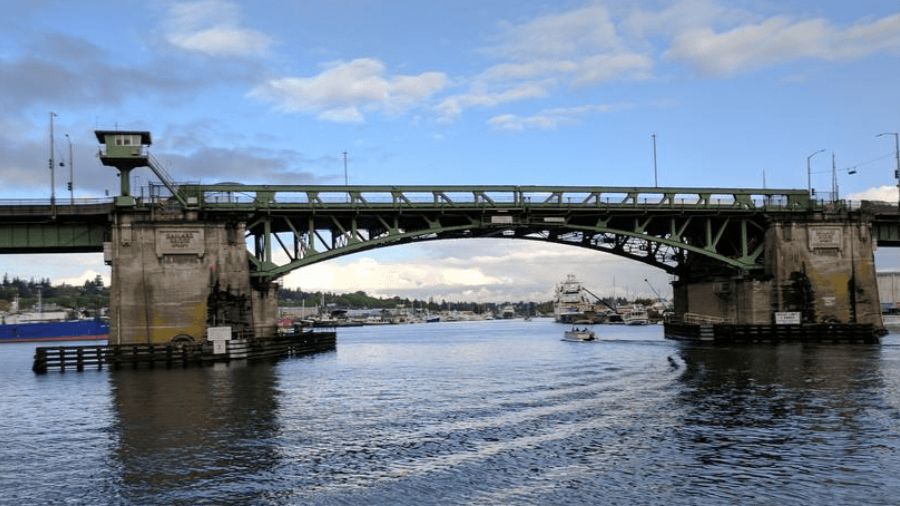SDOT experiments with freight/transit lane
Feb 15, 2024, 5:31 AM | Updated: 7:24 am

Fab is usually short for fabulous, but in Seattle, it’s the name of an innovative way to help big rigs move through a very tight part of the city.
A is a freight and bus lane. It’s a lane that commercial trucks and buses can share to improve the overall flow of traffic. Not to be confused with a freight and transit lane. You can see how that acronym would play out. Think South Lake Union Trolley.
“It may be better to say that a FAB lane is a transit lane that large trucks are allowed to get into,” Chris Eaves, the freight program lead for the Seattle Department of Transportation (SDOT), said.
More on driving conditions in Seattle: Parts of Western Washington see slush and snow
His group plans to create a , along the west side of Lake Union, though he admits he’s not sure if the idea is a good one.
“We’re not 100% sure what we’re going to get out of this, quite honestly,” Eaves said.
There isn’t a lot of data on whether these lanes work. That’s why this FAB lane is an experiment. A one-year pilot project to see what happens.
“Actual implementation is pretty thin on the ground,” Eaves said. “There are models that say this works, but rather than try and peanut butter this across the city, we want to see that it actually works and make sure that what we do is functional and beneficial.”
Why Westlake Avenue?
“There’s a big industrial area along the Ship Canal on both sides, the Nickerson side and then over in the Fremont and Ballard side,” SDOT project manager Brian Glas said.
It’s estimated that 26-30 large trucks use that corridor to get to I-5 during peak hours, which are 9 a.m. to 1 p.m. The city also chose Westlake Avenue because it’s the route for the number-40 Metro bus, serving Fremont and Ballard and up to Northgate. It’s one of the busiest routes in the city.
While making improvements for this , it seemed like a good place to try this FAB lane.
But Glas said you won’t be seeing trucks in the Westlake Avenue bus lane for a while.
“We’re doing a lot more work than just Westlake,” he said. “We’re doing a lot of work as part of the route 40 in downtown Fremont and downtown Ballard. There’s a lot of utility work, sidewalks, bus zones and paving. Right now, we expect the work to be done near the end of 2025 or early 2026.”
And even then, big rigs might not be in the lane.
More from Chokepoints: Tacoma HOV expansion leaves 8-mile gap
“We want to try it with maybe buses only at first and then add freight and see how it changes,” Glas said. “We’ll be doing a study for three to six months after the lanes go in to see how it operates.”
For Eaves, there is only one goal: “What we’re trying to do is help both people and goods move more efficiently in our city,” he said.
For this pilot project, large commercial trucks are considered freight vehicles over 26,000 pounds. The city will be working with the University of Washington to collect and analyze the data. If it works, you might see other FAB lanes. If it doesn’t, you might not hear of them again.
Check out more of Chris’ Chokepoints here. You can also follow Chris on . to follow 成人X站 Newsradio Traffic’s profile .














